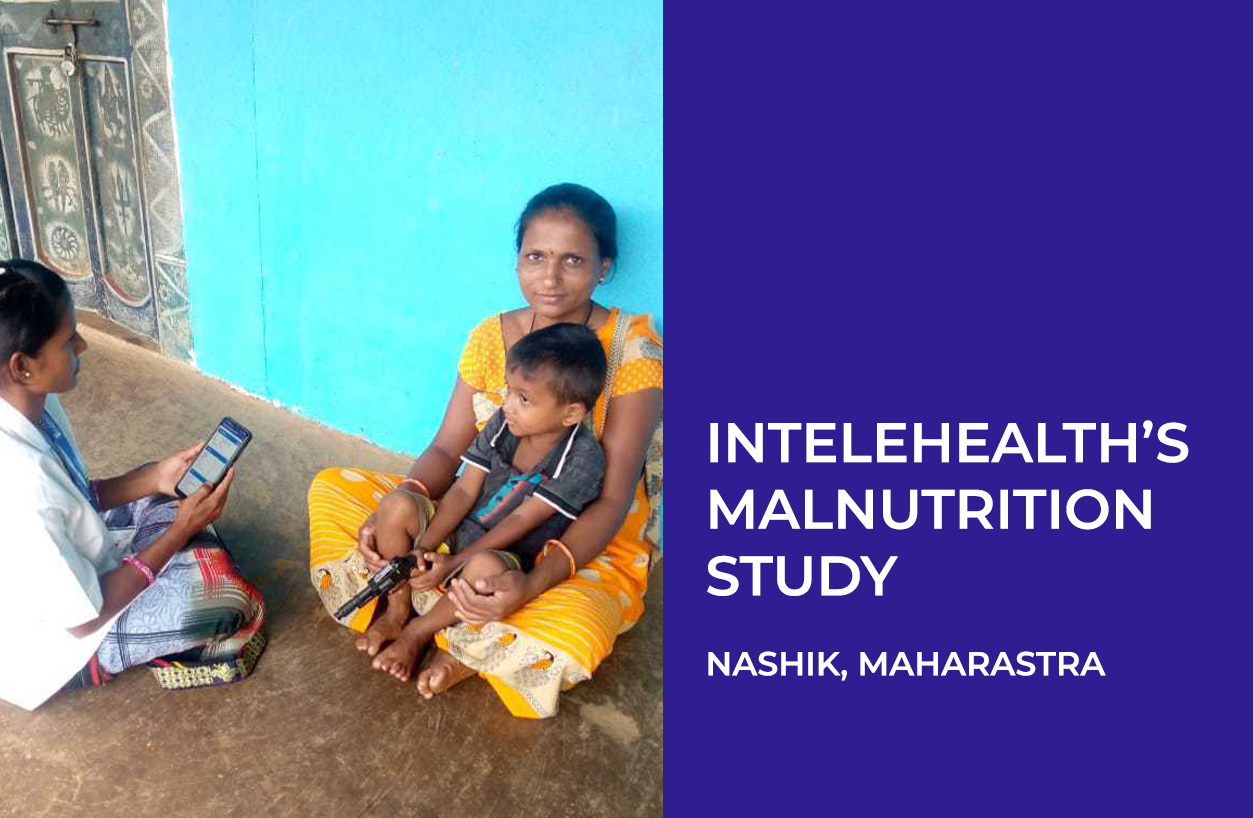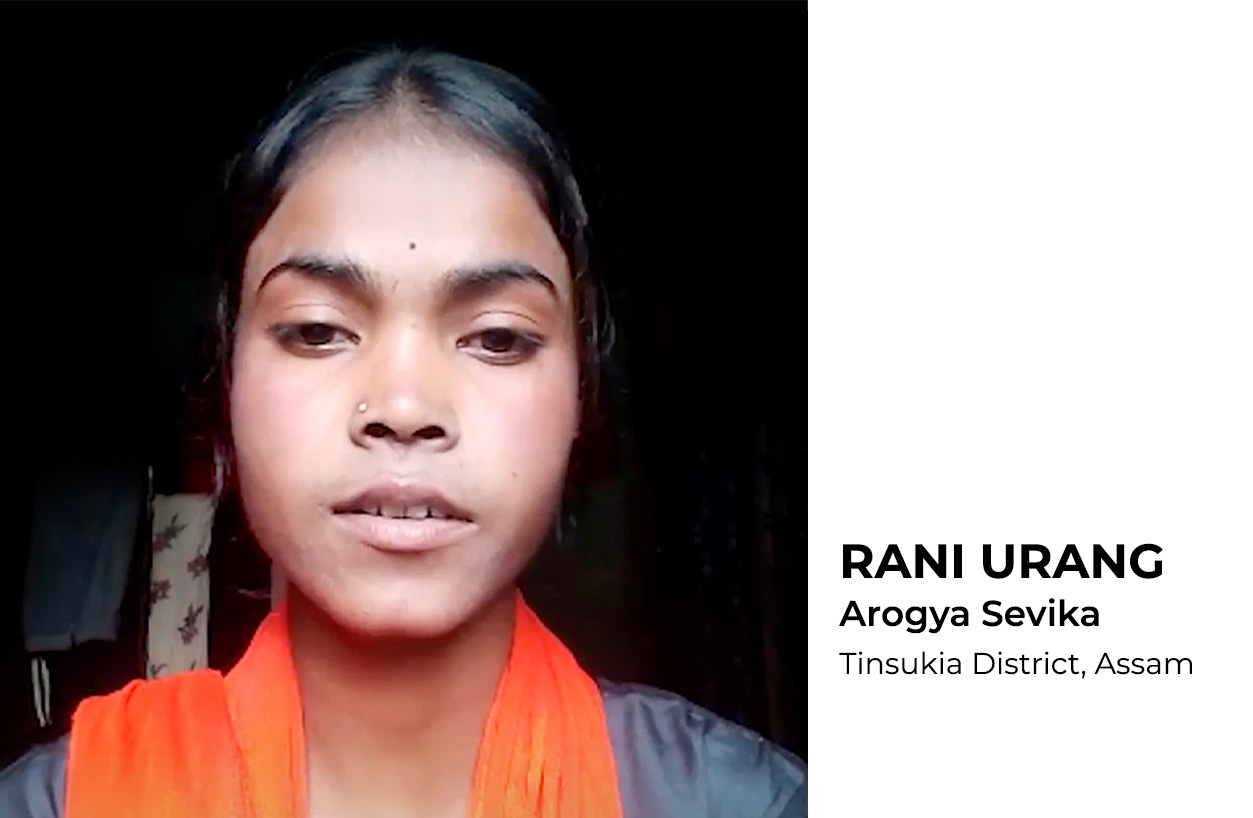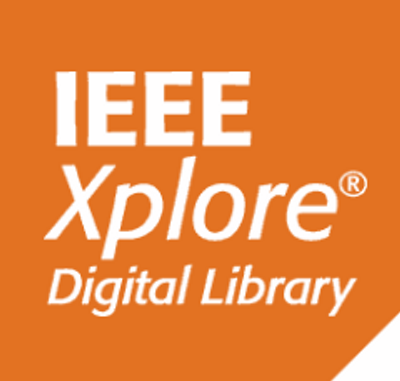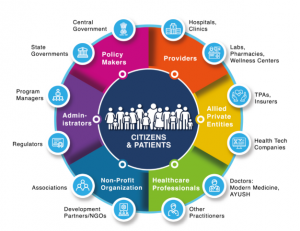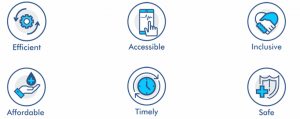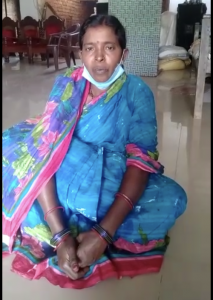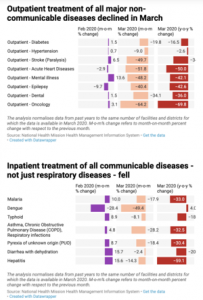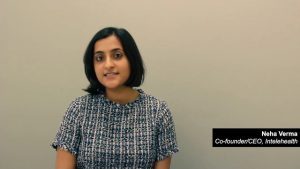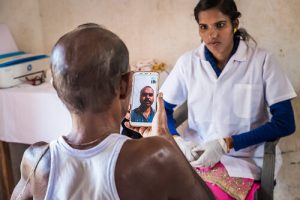Transect Walk:
OBJECTIVES:
The exercise is meant to achieve the following objectives:
- To have a first-hand feel of community on various aspects, economical, general well being, cleanliness, addictions, facilities, problems of health, the distance between different facilities, condition of roads, local customs, water supply, drainage, defaecation practices, solid waste disposal, etc.
- To have inputs and comments from members of the community about the same.
- Involvement of community members in the collection of information.
- Information sharing.
METHODOLOGY:
Take the help of two/three persons from the community and request them to come for walking across the village. Transect means cutting across. Before starting the village walk, talk to volunteers about your objectives in making such an exercise so that they can meaningfully share information.
Now, while walking through the streets, keep open eyes, ears, and mind. So that whatever you see, hear, or feel can be fully registered with exact meaning attached to it. One might feel that this exercise may be good for a person who is new to the area. But a regular health worker may not need the same because s/he is well versed with the area. But this is not the truth. Firstly, the worker may need to have such a birds-eye view in a different situation, maybe after floods, cyclones, or earthquakes so that he has a clear idea of what has happened. Let us put apart disasters, they are not a day-to-day occurrence. But daily a new heap of solid waste, cow dung etc. may develop, daily somebody might just put a pipe in the street to drain his sewage and such things may keep on happening. They are so insidious in onset that they are never eye-catchers and one is likely to overlook. If you have a habit of observations very frequently, you may notice and that too early enough so that it does not become a chronic issue or a major menace.
When you cut across the village, you come to know approximate population size, economical situation, areas where downtrodden populations and marginalized families live, at-risk areas, general cleanliness, shops, types of vegetations, are there kitchen gardens, area infested with rats, snakes etc., cattle, phone and television cables, vehicles, some facility in the village-like school, temple, well etc., drainage, heaps of garbage, defecation practice, etc. Each of these could be very important information for you when you are planning to implement some program.
Keep on discussing with volunteers accompanying you on the walkabout your observations and invite their comments. Be careful in selecting accompanying persons. They must be knowledgeable about day-to-day happenings in the village, its geography and topography, and that too in minute details. They should be aware of sociological happenings and customs. They also must be intelligent enough to understand your concern and respond to that on basis of their observations. Like this, you will be able to discover many things about the area irrespective of your being a novice or familiar with it.
SHORTCOMINGS:
There are shortfalls in this exercise and a manager needs to be aware of the same. If the person accompanying you does not have the proper information, you will be misguided.
If the accompanying person is biased, like a health worker, he may deliberately avoid some of the problem areas and you might be under a false sense of everything being OK
You may not cover the entire village and hence some important observations might be missed inadvertently.
Information so collected could be seriously jeopardized.
Seasonality Diagram:
OBJECTIVES:
- To list incidences that have either perennial or seasonal occurrences.
- To know what incidence is occurring in major magnitude at which time of the year.
- To know the relative magnitude of the problem (like cases of a particular disease or symptom) in each season.
- To sensitize participants about the magnitude of the problem in a particular season and to forewarn them to be prepared (like in a training program).
- To undertake an epidemiological study of diseases.
METHODOLOGY:
While on transect walk, assemble some people. Now tell them that you want to assess the situation of the prevalence of disease according to seasons. Now draw two axes like a graph. On the horizontal or X-axis, you plot seasons (or months if you so need) and on the Y axis, i.e. longitudinal axis number of cases in the community. Now by asking which are the diseases prevalent in the community, list out all diseases. Lay people will tell you by symptoms or names of disease. Confirm whether they understand the disease when they have given a name e.g. malaria. Now take one item after the other. Say if you have selected cough/cold, ask how many cases you usually have in winter. Ask them to suggest how long should be a bar on a graph depicting that condition in winter. Then ask its relative gravity during summer and monsoon. Now take another condition, say diarrhea. Ask in which season its gravity is greatest. Now ask relative magnitude in comparison with the highest occurrence of both diseases. Say cough/cold is maximum in winter and diarrhea in monsoon. Ask if cough/cold in winter is hundred or a rupee, how much is diarrhea in monsoon. Drawbar according to this magnitude. Similarly plot bars for each disease in each season.
SHORTCOMINGS:
The first shortfall of this exercise is laypeople’s definition of the disease may not be as accurate and also their estimate of a particular disease caseload may be faulty. If their family has suffered, they feel that magnitude is high and if nobody of the family has suffered an episode of disease, they feel the magnitude to be small.
Relative Ranking:
OBJECTIVES:
- To list all problems as perceived by a community
- To find out the relative gravity of problems as perceived by the community.
- To help problem-solving.
- To impart health education.
METHODOLOGY:
Assemble a group of 10-15 persons. Ask them that you want to find out what are their health problems. You would like to have an in-depth understanding. Hence they may not hesitate in telling something. Their problem is unique for them and others do not have any business in deciding the worth of problems and hence if they perceive some problem, it is there and needs to be addressed. Tell them areas that are included in health, otherwise, they may not consider some issues like childbirth, growth monitoring etc. Now let them come out with some points. When they say a point, write it down on a chit of paper of the size of a playing card or another suitable size. Let them think over and over so that all issues of concern come out. For this purpose, ask “anything else?” Take care to ask shy participants in particular otherwise they will not open up and their problems will remain unenumerated. At the end of this activity, you will have some cards with one question on them. Take out any single card randomly. Put it on the table/ground. Now tell people who are participating that if another problem is more important to them, it will be placed higher up than previous, if it is less serious, it will be placed lower down. Now take out another question, read it aloud. Ask if it was more important or less than the previous one. Place this paper according to the merit given by the group. If so needed, you may explain that water is more important than medicine. But the problem of availability of water vis a vis problem of availability of drugs, which is more serious and what you want to be addressed first? Maybe that scarcity of water is not very serious as the non-availability of drugs and people may want to address the issue of drugs in priority. Participants may answer like that. Otherwise, you are not supposed to intervene and take the verbatim opinion of the participant community. As in asking questions, some may be shy in allocating importance, ask them specifically. If unanimity does not prevail, ask repeatedly. If this attempt also fails, take a majority. Keep this in mind, you will address this later. If a group can not decide about priority and two issues are ranked equal, place these cards at the same level. Whenever a new card is taken, ask them where to place it and specifically tell them that they can place this new card anywhere in between also and not necessarily above or below. Meaning thereby they may place it at any place from beginning to end. Now at the end of placement of all cards, if there are two or more cards at the same level, again ask if second thought would lead to giving priority. Now ask is there any second thought, and they would like to reorder cards before priority is finalized. If yes, do that. Give the number on each card. This will give you a ranking on the priority of each of the felt issues as perceived by the community, at least a group of people.
This exercise can be used as a problem-solving exercise. We need to identify a real bothering problem. For which relative ranking is an answer. Sometimes there are multiple answers to one question. We can relatively rank one of the solutions.
We can make use of this exercise as sensitization in health education. If people do not recognize some problem at all, take a list of problems as perceived by them, get them ranked and then put the problem (like population explosion) which is not perceived as a problem. Now give a talk full of argument how all other problems are less important.
SHORTCOMINGS:
This exercise has some shortfalls. Perception of problems and priority is unique to participants. The same may vary according to a group of participants. If youth are participating their problems will be different than elderly people. Womenfolk will have problems unique to them. Labor class, farmers, service class, everybody will perceive problems differently. When problems are different, naturally if they are common in everybody’s list, they will find their place at a different level of priority.
Out of the same group, some strong persons will be very vocal and nobody will dare to differ. They will stall the show. In the end, you will find ranking not according to the opinion of the group but the opinion of the person. Ranking would differ in the same type of group in different areas of the village. For example, some areas might have deep wells in each house, they may not find water supply to be a problem. They might have some nuisance in the neighborhood which is most bothering.
Chapati (Venn) diagram:
OBJECTIVES:
- To make a comprehensive list of all people who are perceived to be useful in the service provision of health issues.
- To find out their relative weightage on the community.
- To find out the warmth in their relationship with the community.
- To find out their relationship amongst them.
- To decide the plan of action how to make use of these findings in favor of operationalization of the program.
METHODOLOGY:
Assemble a group of people. Tell them that you need to analyze the prevailing situation. Also, tell them that their opinion is greatly respected even if it is a single person’s opinion. Tell them that there are always various people who are involved in the actual delivery of services about health and at the same time there are many people who directly or indirectly help people in availing facilities. In the list of those who help indirectly, we may include opinion leaders also. We do not want to miss out on any person, what so ever small contribution he may have. So prepare an exhaustive list by keeping on asking anybody else? anybody else? Also, take care to ask silent and shy people specifically, otherwise, their opinion will remain unnoticed.
Once a full list is prepared, start finding out their weightage in the community. Take one name. Have pre-prepared round discs. Write name on it. Now take another name. ask people if this person has more influence on the community or less. The person who is more influential and respected will have a larger disc. These round discs are similar to chapatti of Indian food. Cut these discs according to perceived influence, as perceived by members of the community. At the end of this part, we will have one chapatti for each person. The size of this is directly proportionate to the influence they exert on the community.
Next comes placement. On the ground, in the center of some area, label a round disc as a community. Now those who have a very cordial and warm relationship will be placed close. Those who have a very warm relationship with the community will be placed close to the community. If some of them have close ties, they will be placed close according to their relationship. On the contrary, if two people are not on talking terms or have a very poor relationship, they will be placed opposite to each other on one side each of community.
In the end, we will come out with a complete picture that tells us who are the people who help in getting health and related services. Who has got how much influence with the community and who bears what type of relations with whom.
Now how to decide on a plan of action. Suppose a dai is placed very near to the community and it is apparent that our female worker is unable to discharge her duties without dai. But dai does not influence the community. She is perceived as a lesser person by the community. So what we need to do is to raise her status in the community. This can be done in many ways. Write on wall slogans that so and so the lady is a government-recognized birth attendant. You may honor her at the time of some campaign. You may expand her services by opening up a depot of contraceptives and ORS at her place. You may also conduct clinics and sessions at her place. This will lift her image in the community and people will start valuing her. This will have a positive impact on our programs also. We will be able to easily penetrate the community through her.
If a private doctor or Sarpanch is high on influence but is not having cordial relations with our workers. We can intervene and bring them closer. If he directly does not come closer, we develop cordial relations with one of his close acquaintances. This way we bring him in our favor so that his influence is utilized for purpose of our programs.
SHORTCOMINGS:
This exercise also has some shortfalls and an investigator needs to be vigilant about the same. When it comes to influencing, some people are stakeholders. They may claim to be important which they are not. Their supporters will strongly claim for their leaders. This is true for all in general and political leaders in particular. Again we need to undertake this exercise at various points of the village and involve all types of people. There are some areas which exclusively take medical help from government set up, they will say it is very useful and influential. While others who go to the private sector will say it to be useless. Individual variation also is there.
Focussed Group Discussion (FGD):
OBJECTIVES:
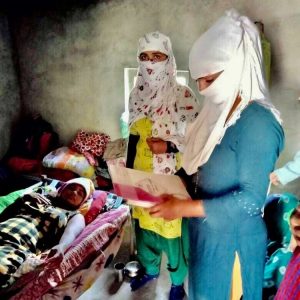 Komal Agrawat (Identity changed) Community Health Officer, Morbi, Gujarat
Komal Agrawat (Identity changed) Community Health Officer, Morbi, Gujarat
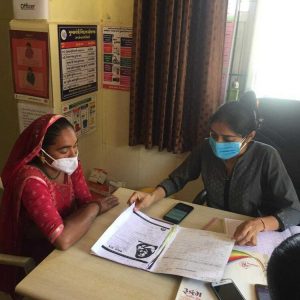 Dhruvisha Damodia, (right) Community Health Officer (CHO) in Maliya district, Morbi, Gujarat
Dhruvisha Damodia, (right) Community Health Officer (CHO) in Maliya district, Morbi, Gujarat
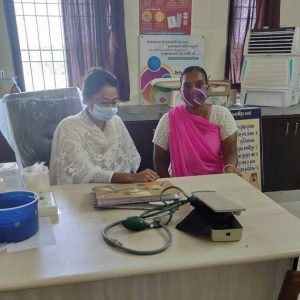 Sharmin Sherasiya (Extreme left) – Community Health Officer, Morbi, Gujarat
Sharmin Sherasiya (Extreme left) – Community Health Officer, Morbi, Gujarat
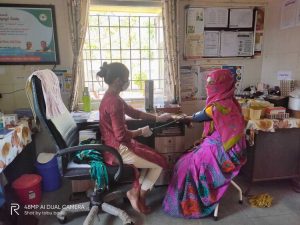 Taiyaba Badi (Extreme Left) – Community Health Officer, Morbi, Gujarat
Taiyaba Badi (Extreme Left) – Community Health Officer, Morbi, Gujarat
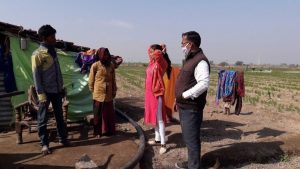 Intelehealth program and field managers visited Vimla (second from left) at her house
Intelehealth program and field managers visited Vimla (second from left) at her house

